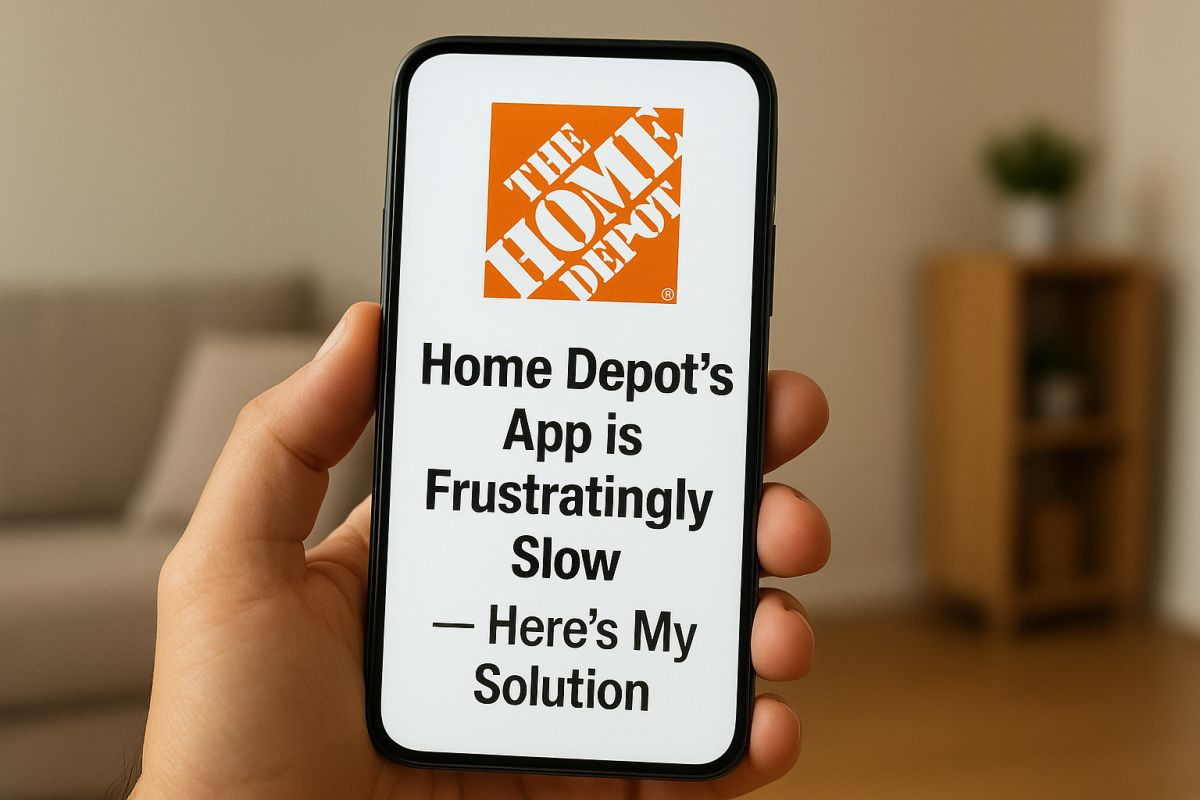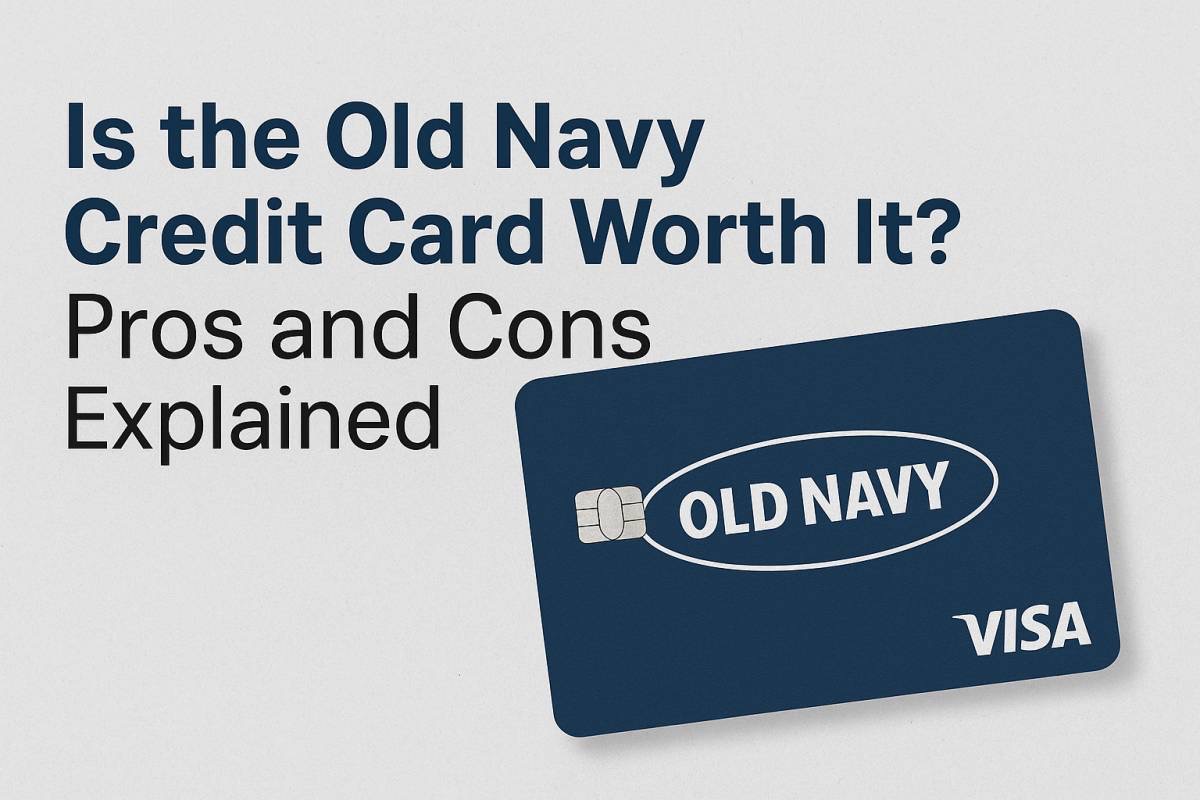How to Build a SaaS Business in 2025: Founder’s Roadmap

To build a SaaS (Software as a Service) business in 2025, you need to identify a real customer pain point, validate demand, design a scalable product, adopt cloud-native technologies, and prioritize continuous iteration and customer success from day one. Success lies not in just launching software, but in creating value, nurturing feedback loops, and building recurring revenue around a high-retention solution.
Why SaaS is Still a Smart Bet in 2025
The SaaS industry continues to be a powerful force in the global economy. With over 30,000 SaaS companies operating worldwide, the market shows no sign of slowing down. Innovations in AI, increased remote work, and demand for automation across industries are expanding the SaaS opportunity space. Whether you’re a solo founder, a developer, or an entrepreneur with a business background, 2025 presents a fertile environment to launch a SaaS startup—if you do it right.
Step 1: Find a Pain Point, Not Just a Product Idea
Research Customer Problems First
The key to a sustainable SaaS business is solving a real, expensive, and persistent problem. Start by interviewing potential users, participating in niche forums (like Reddit, Indie Hackers, or LinkedIn groups), and observing inefficiencies in daily workflows.
Tip: Use tools like Google Trends, Product Hunt, and G2 to identify underserved markets or bloated solutions with poor reviews.
B2B vs. B2C SaaS in 2025
In 2025, B2B SaaS offers more stability due to higher Average Revenue Per User (ARPU) and lower churn. However, B2C SaaS may scale faster with viral loops. Choose your model based on your experience and the nature of your solution.
Step 2: Validate Before You Build
Build a Minimum Viable Product (MVP)
Don’t waste months coding in isolation. Use no-code/low-code tools like Bubble, Webflow, or Retool to build a functional MVP fast. Alternatively, launch a landing page using tools like Carrd or Framer and capture email interest.
Pre-Sell or Pilot Test
Run pre-sales campaigns to gauge willingness to pay. You can offer discounted lifetime deals or early access in exchange for testimonials.
Validation checklist:
- Have 100+ signups with contact info?
- At least 10 users willing to pay before product launch?
- Feedback confirming your assumptions?
If not, refine and loop back.
Step 3: Develop a Scalable SaaS Product
Use the Right Tech Stack
In 2025, cloud-native architecture is non-negotiable. Opt for:
- Frontend: React.js or Next.js
- Backend: Node.js, Python, or Go
- Infrastructure: AWS, Google Cloud, or Vercel
- Databases: PostgreSQL or Firebase
- Authentication: Auth0, Clerk, or Supabase
Focus on modularity, API-first development, and integrations from the start.
Prioritize UX and Onboarding
Users expect consumer-level design in B2B tools now. Use design systems like Tailwind UI or Material Design. Your onboarding should be self-service, with tooltips, product tours, and optional support.
Step 4: Choose the Right SaaS Pricing Model
Freemium vs. Free Trial
Freemium works well for products with network effects or upsell opportunities. Free trial (7–14 days) is better for tools where value is clear and fast.
Pricing Tiers Based on Value
Use value-based pricing—not feature-based. Align pricing with metrics like:
- Number of users or projects
- API calls or data storage
- Access to automation or AI capabilities
Review competitors, then experiment.
Step 5: Launch and Acquire Customers
Early Growth Channels in 2025
- Product Hunt: Still a major launchpad
- Cold Outreach: Use LinkedIn and email with tailored pitches
- Content Marketing: Write SEO-optimized blog posts
- Community Engagement: Participate in relevant Slack/Discord/Reddit groups
- Partnerships & Integrations: Piggyback on existing ecosystems like Notion, Zapier, Shopify, etc.
Use analytics tools like Mixpanel or Amplitude to monitor user behavior and double down on what works.
Step 6: Optimize for Retention and Scale
Customer Success First
A leaky bucket kills SaaS businesses. Offer live chat, in-app support, and proactive check-ins. Use tools like Intercom, Crisp, or Zendesk.
Measure Key SaaS Metrics
Monitor these monthly:
- Monthly Recurring Revenue (MRR)
- Churn Rate
- Customer Acquisition Cost (CAC)
- Lifetime Value (LTV)
- Net Promoter Score (NPS)
Set up dashboards using tools like Baremetrics or ChartMogul.
Step 7: Fund or Bootstrap?
Bootstrapping
Ideal if:
- Your MVP has traction
- You control the pace
- You want long-term ownership
Funding
Go for funding if:
- You need to scale fast
- Market has significant competition
- You need expert mentorship
In 2025, raising pre-seed from micro VCs or rolling funds is more accessible than ever—but don’t raise unless you’re ready for rapid scaling.
Final Thoughts: Start Simple, Stay Focused
The most successful SaaS companies in 2025 won’t necessarily be the most complex or funded—they’ll be the ones with razor-sharp focus on user pain points and relentless improvement. Start with a niche, delight early users, and scale with care.









